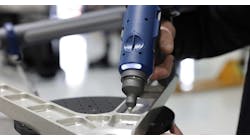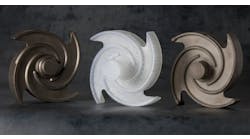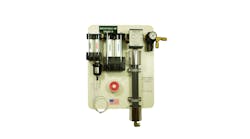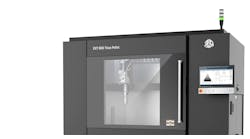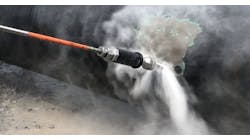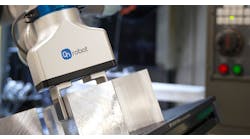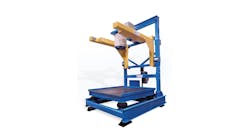CENOS IH 4.0 is a new version of the induction-heating simulation software, offering high-quality simulation with simple onboarding and affordability – and the first and only of its type to expressly target the demands of induction heating professionals. Product designers supporting automotive manufacturers, metal 3D printers, aerospace, aerospace, and defense manufacturers are among those targeted for the new application.
Although most engineers are now accustomed to using CAD and other digital design tools, simulation represents a critical gap in the engineering design procedures used to develop products and manufacturing processes. Simulation is still out of reach and underutilized by the majority of working engineers because the typical software platforms are too complex, time-consuming, and expensive.
This is especially problematic when manufacturing techniques like heat treatment constrain production engineers to physical testing, which wastes a lot of energy and costs millions of dollars in lost profits due to inefficiency.
CENOS was created to fill this gap. Applications built with CENOS are relatively inexpensive and narrowly tailored to particular uses. An engineer working on coils for the automotive industry, for instance, would not benefit greatly from a full simulation software package, but would benefit greatly from a simulation program designed specifically for induction heating workflows. Additionally, CENOS boasts a short learning curve and provides on-demand customer chat help.
With IH 4.0, a user can simply prepare simulations from loaded CAD files that have been prepared in any CAD editor and perform simulations. Then, unless there is a large topological change, the user can modify any geometric parameter in the CAD editor and then reload the file into CENOS with no effect on the simulation parameters. The iterative design approach gains a lot from this enhancement alone in terms of user experience.
IH 4.0 can also offer complete native integration with Salome's free and open-source geometry editor. Without having to switch back and forth between the CAD editor and the simulation software, Salome users may not only transmit CAD to CENOS in native format, but also make parametric adjustments and conduct studies from the CENOS interface.
CENOS is also developing the same native two-way interaction with the open-source CAD editor FreeCAD as well as with the paid CAD programs Fusion 360 and Inventor from Autodesk.
IH 4.0 also includes capability for automatic numerical meshing. Many engineers are hesitant to use the simulation technique because of the phase in the workflow called numerical meshing. The stage of the workflow that most practical engineers lack is numerical meshing, which involves discretizing space for simulation purposes.
However, the quality of the mesh construction has a significant impact on how accurate any results are.
In IH 4.0, CENOS considerably enhanced the automatic meshing algorithms, which should now handle 80% of instances without any human input. IH 4.0 has added a manual meshing interface with a very user-friendly UI for the remaining 20% of situations. Comparing this interface to the previously used, third-party open-source meshing tool, users can mesh data 3-5 times faster.
Learn more at www.cenos-platform.com
